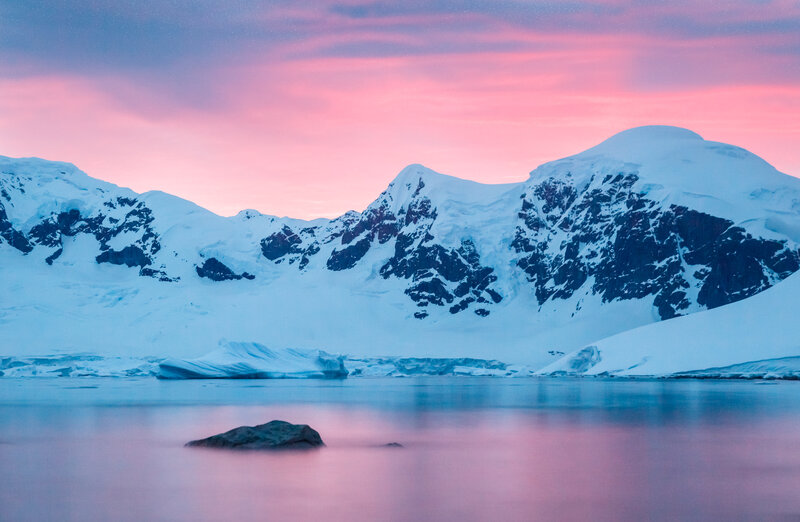Antarctic fossil leaves tell story of evergreen and deciduous forests millions of years ago

Well-preserved fossil leaves have been found to the east of the Antarctic Peninsula and recently studied by a University of Melbourne research team, providing evidence that forests grew at high latitudes 56 to 58 million years ago.
The fossil leaves were located in the sandstone and siltstones on Seymour Island, trapped within layers of sedimentary rock, where they had remained untouched for millions of years.
Collected during a two-month expedition by Dr Anne-Marie Tosolini and Professor David Cantrill, the discovery shows the Antarctic forests to be more diverse than previously thought, including the first fossil collections made by Otto von Nordenskjöld and the Swedish South Polar Expedition in 1901.
“In contrast to previous fossil wood records, these impression fossil leaves represent cool to warm temperate, mixed conifer-broad leaved evergreen and deciduous forests,” lead researcher Dr Anne-Marie Tosolini said.
“The shape, size and vein patterns of the leaves have been preserved in fine-grained sandstones and siltstones, despite the fact they’ve been growing in the polar region, where very low angles of light are experienced during winter.”
The discovery of the fossil-leaves gives clues to the diversity and ecology of the ancient forests that grew across Antarctica and both the climatic and local influences on the forests, when Earth experienced warmer climates before cooling and the ice caps grew.
Forests are known to have stretched from Australia through Antarctica to South America – all remnants of the ancient Southern Hemisphere supercontinent, Gondwana.
“Although there are no modern, comparable species to help us understand the ecology of these Antarctic forests, the closest we can find today are the southern Patagonian forests in South America,” Dr Tosolini said.
“Australia was only a short distance away from Antarctica across a narrow sea, on the opposite side from South America, and these continents formed from the remnants of the Southern Hemisphere Supercontinent Gondwana.”
Professor Cantrill said “Surprisingly, many plant groups considered unique to Australia occurred in South America at this time, such as Eucalyptus, the iconic gum trees - as Antarctica acted as a gateway for exchange of Southern Hemisphere floras.”
Gondwanan floral remnants, such as Southern Beech flowering trees, large kauri and bunya-type conifers and plum pines, occur in the modern cool and warm temperate forests of Tasmania and Victoria, South East Australia, New Zealand, Patagonia and southern South America.